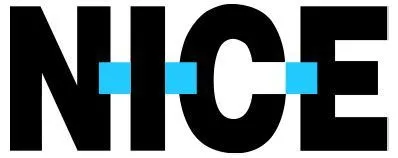What is Net Promoter Score® (NPS)?
Net Promoter Score (NPS) measures customer perception of a brand and can predict revenue growth or decline. It is one of the primary ways companies assess loyalty and predict churn.
Bain and Company introduced the concept of a net promoter score (NPS) in a Harvard Business Review article called "The One Number You Need to Grow" and it was quickly adopted by many leading Fortune 500 companies. It's simple to measure because it's based on one question - "How likely is it that you will recommend [company] to friends or family?" Customers answer the question on a scale, with 10 being "extremely likely" and 0 being "not at all likely”.
The score is calculated by subtracting the percentage of 0-6 responses from the percentage of 9-10 responses. For example, if 20% of customers answer 9 or 10 and 15% answer with a 0-6 response, the Net Promoter Score is 5. The closer the score approaches 100, the better. Conversely, as scores near -100, organizations need to act quickly to stop the bleeding.
Customers who complete the survey are segmented the following way, based on scores:
- Promoters (9-10) - these customers typically buy more from a brand than an average customer and refer friends and family, thereby contributing to revenue growth.
- Passives (7-8) - satisfied but indifferent. Passives might be one good competitive offer away from churning.
- Detractors (0-6) - are negative about the brand and might be sharing that opinion with people they know.
Net Promoter Score (NPS) is a useful measurement but has some limitations. For example, it doesn't provide information on the "why's". Why are Detractors disgruntled? Why are Promoters happy? To overcome this, businesses add other questions to the survey to supplement the NPS, including open-ended queries, to get a more comprehensive view.
Measuring is the first step, but how companies use their Net Promoter Score is what ultimately matters. Successful organizations use it as an input for continuous improvement efforts.
How NICE is Redefining Customer Experience
NICE CXone is the industry’s only interaction-centric platform where channels, data, applications, and knowledge converge to improve customer experience at scale.
It is the leading, most complete and unified CX Platform on the market, used by thousands of organizations of all sizes around the world to help them consistently deliver exceptional customer experiences. CXone is a cloud native, unified suite of applications designed to help you holistically run your call (or contact) center operations.





